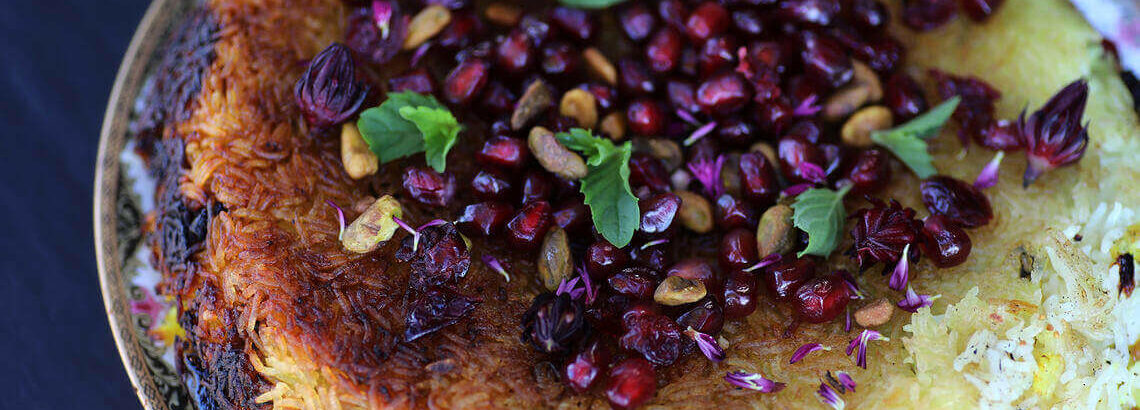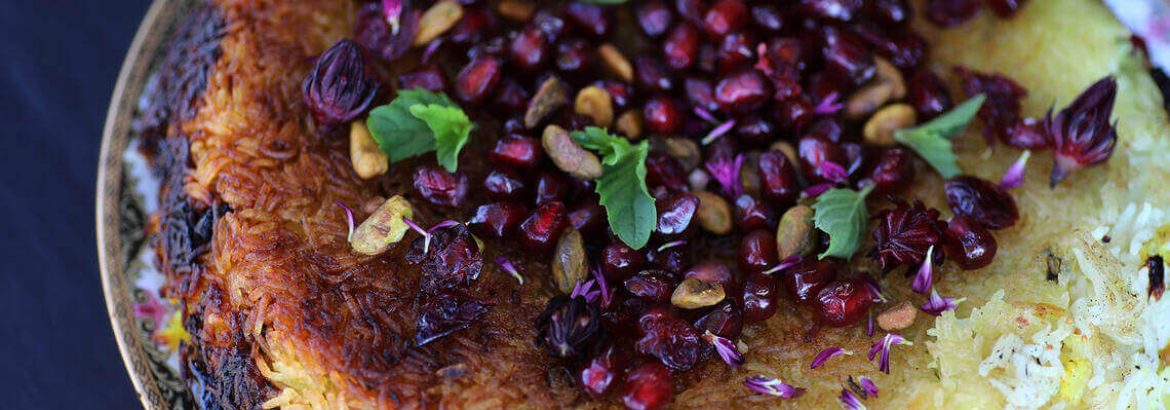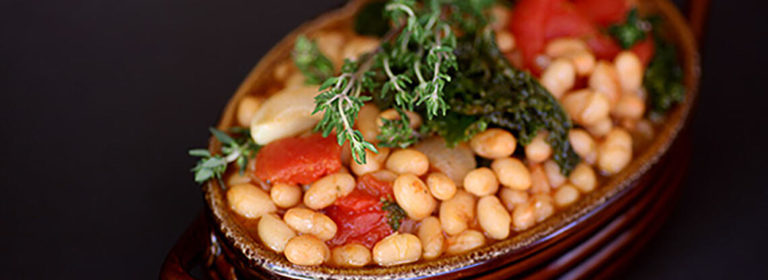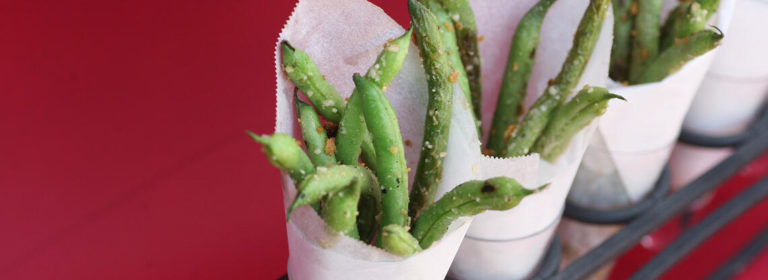Say Middle Eastern foods and you may think hummus and falafel, maybe kebabs. Say Mediterranean cuisine and olive oil, tomatoes, and grilled fish come to mind. Yet Arabic foods encompass these and so much more. Increased interest in these countries and cultures has allowed chefs to expand their repertoires to include a wider range of delicious recipes.
- Tah dig, or Persian jeweled rice, has a browned, crunchy bottom that mixes with the soft, saffron-flavored inner grains, vibrant ruby red pomegranate seeds, dried fruits, pistachios, rose petals, and herbs like mint, cilantro, and parsley to produce one of the world’s most iconic one-dish recipes.
- Fusion restaurants can add Arabic accents to grilled meats and vegetable dishes with ingredients like preserved lemons, charred spring onions, and orange blossom water as well as spice blends and sauces like baharat, harissa, ras el hanout, zhug, and za’atar.
- Lebanese and Palestinians prepare green chickpeas by roasting in their pods until the outside is charred, then serve with a creamy dipping sauce made with labneh and tahini, Aleppo pepper, and plenty of lemon juice.
- Flatbreads like lavash, pita, injera, and khubz play a big part in Arabic dining. Add toppings such as sumac, thyme, Aleppo pepper, and sesame.
- Dates and persimmons are common salad and dessert ingredients. Try pairing with labneh, pomegranate molasses, food-grade mastic, and tahini.




